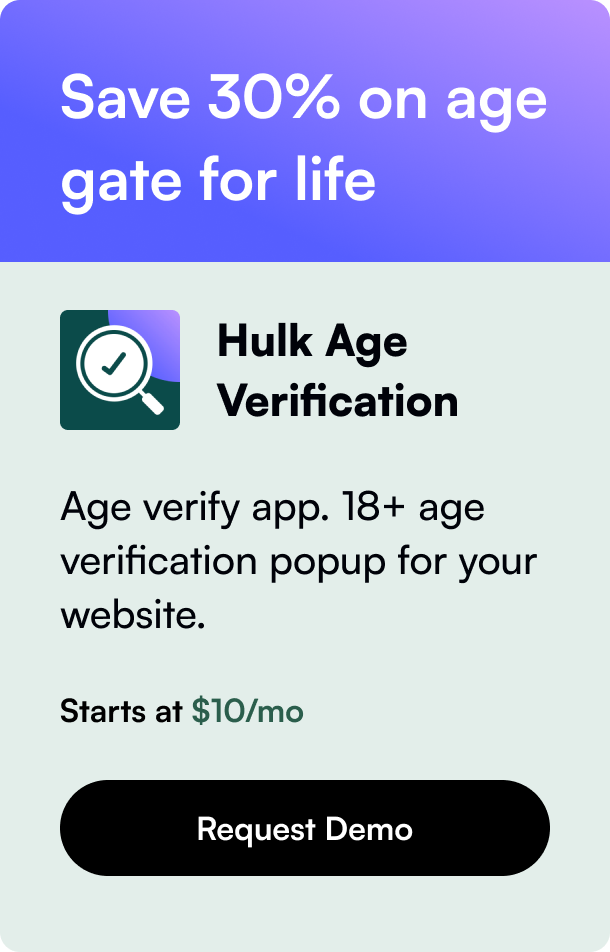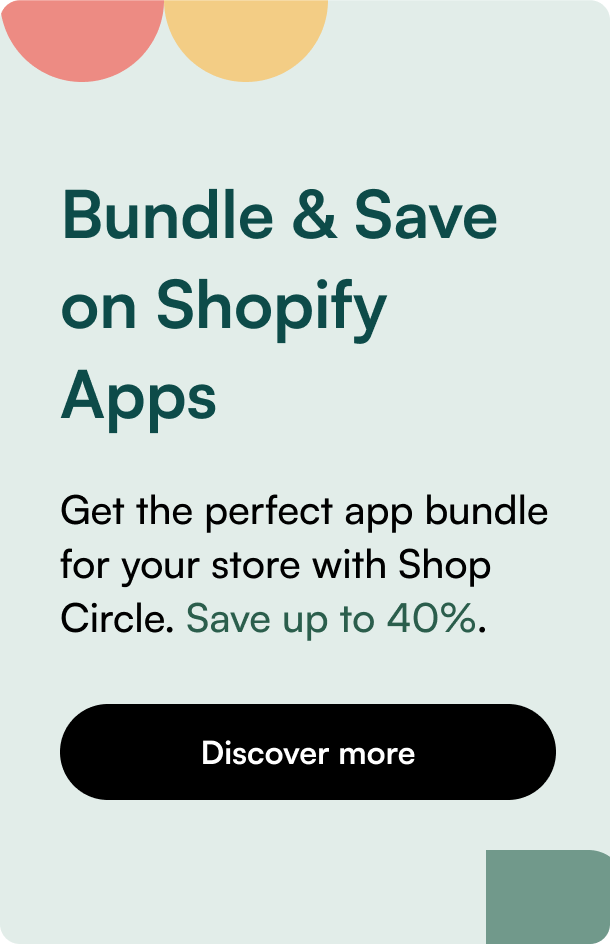Table of Contents
- Introduction
- Why Integrate Mailchimp with Shopify?
- Setting Up the Mailchimp Shopify Integration
- Maximizing the Mailchimp and Shopify Integration
- Conclusion
- FAQ Section
Introduction
Have you ever wondered how some Shopify stores manage to keep their customers returning, seemingly without much effort? The secret often lies in their use of effective email marketing strategies, with Mailchimp being a central tool for many. Understanding how to add Mailchimp to Shopify is more than just about integrating two platforms; it’s about unlocking a world of marketing automation, segmentation, and personalization that can transform the way you connect with your audience.
In this definitive guide, we’ll dive deep into not only how you can connect Mailchimp to your Shopify account but also explore why this integration can be a game-changer for your online store. From setting up your account to syncing your contacts and harnessing the power of targeted emails, we've got you covered. Whether you're new to email marketing or looking to refine your existing strategy, this blog post will equip you with the knowledge and tools to leverage Mailchimp and Shopify effectively.
Why Integrate Mailchimp with Shopify?
Before we delve into the technicalities of the integration, let's understand why it's worth your time.
-
Automated Email Campaigns: By integrating Mailchimp with Shopify, you can set up automated emails that are triggered by specific customer actions, such as making a purchase or abandoning a cart. This ensures timely communication and helps increase conversion rates.
-
Personalized Marketing: With the wealth of customer data available through Shopify, adding Mailchimp into the mix allows you to create hyper-personalized email campaigns. This could range from birthday discounts to product recommendations based on past purchases.
-
Advanced Segmentation: Mailchimp’s segmentation tools enable you to categorize your customers based on their behavior, purchase history, and more. Sending targeted campaigns to these segments can significantly improve engagement and sales.
-
Ease of Use: Both Shopify and Mailchimp are known for their user-friendly interfaces. The integration simplifies processes, allowing you to focus more on strategy and content rather than grappling with technical difficulties.
Setting Up the Mailchimp Shopify Integration
The process to connect Mailchimp to Shopify is straightforward. Follow these steps:
-
Find the Mailchimp App: In your Shopify store’s app section, search for the Mailchimp app. This is crucial for syncing the two platforms.
-
Install and Connect: Follow the prompts to install the app. You will need to log into your Mailchimp account to authorize the connection.
-
Configure Your Sync Settings: Once connected, review the syncing options. Decide what customer data you want to be transferred from Shopify to Mailchimp. This includes contact information, purchase history, and more.
-
Sync Your Data: With your settings in place, initiate the sync. The time it takes varies depending on the size of your database.
-
Customize Your Email Settings: Mailchimp allows for the customization of email templates. Make use of this by creating branded emails that resonate with your audience.
-
Start Your Email Campaigns: With everything set up, you're now ready to launch your email marketing campaigns. Consider starting with a welcome series for new subscribers or a re-engagement campaign for inactive customers.
Maximizing the Mailchimp and Shopify Integration
To fully leverage the integration, here are some advanced tips:
-
Use Predictive Segmentation: Utilize Mailchimp’s predictive segments to target subscribers based on their predicted behavior. This can increase the relevance of your emails and boost conversions.
-
Employ Retargeting Campaigns: Set up retargeting campaigns for visitors who viewed specific products or pages but didn’t make a purchase. This can be a powerful tool to bring back potential customers.
-
Monitor and Analyze Data: Both Shopify and Mailchimp offer robust analytics tools. Use these to track the performance of your emails, understanding what works and what doesn’t, and tweak your strategy accordingly.
-
Integrate SMS Marketing: If your Mailchimp plan includes SMS marketing, consider syncing your SMS subscribers along with email contacts for a more comprehensive marketing strategy.
Conclusion
Integrating Mailchimp with Shopify is an incredibly powerful way to enhance your online store’s marketing efforts. By following the steps outlined in this guide, you’re equipping your business with the tools it needs to develop meaningful relationships with your customers, personalize your marketing campaigns, and ultimately, drive more sales.
As with any strategy, the key to success lies in continuously refining and adapting your approach based on data and performance insights. Mailchimp and Shopify together give you the data and tools; now it’s up to you to craft the winning campaigns.
FAQ Section
Q: Is the Mailchimp for Shopify integration free? A: The basic integration is free. However, depending on the features and the size of your subscriber list you wish to utilize in Mailchimp, you may need to subscribe to one of their paid plans.
Q: Can I segment my Shopify customers in Mailchimp? A: Yes, Mailchimp offers advanced segmentation based on a wide array of criteria, including purchase history and customer behavior sourced directly from your Shopify store.
Q: How can I ensure my emails are GDPR compliant? A: Mailchimp provides tools to help with GDPR compliance, such as double opt-in features and the ability to include necessary consent checkboxes in signup forms. Always consult legal guidance to ensure full compliance.
Q: What if I encounter issues with the integration? A: Both Shopify and Mailchimp offer extensive support resources. Start with their help centers, and if needed, reach out to their support teams for more personalized assistance.
Q: Can I sync SMS subscribers from Shopify to Mailchimp? A: Yes, if you have an approved SMS Marketing program with Mailchimp, you can sync SMS subscribers. This allows for an even more diverse marketing strategy.








